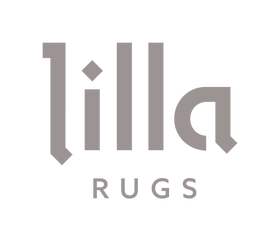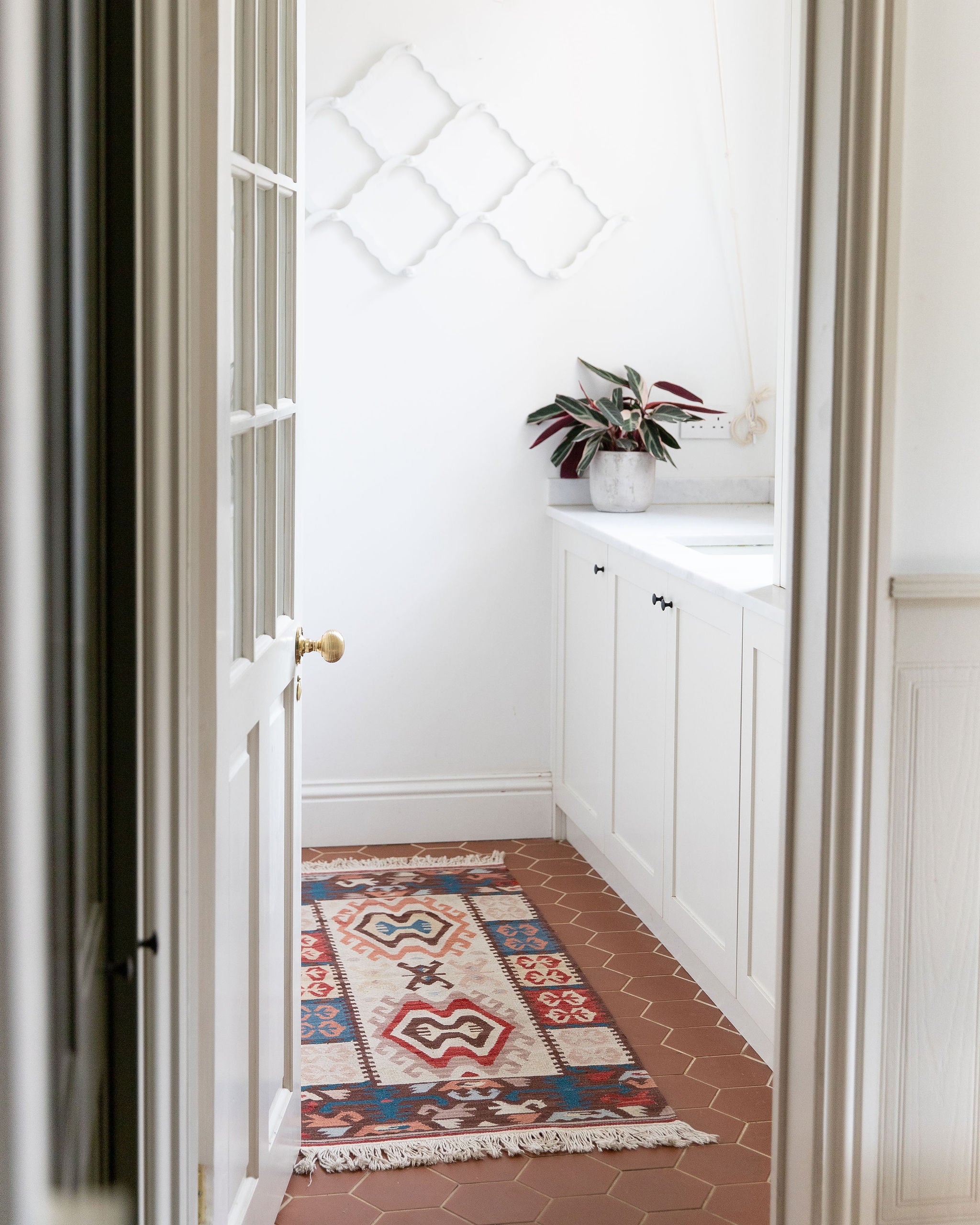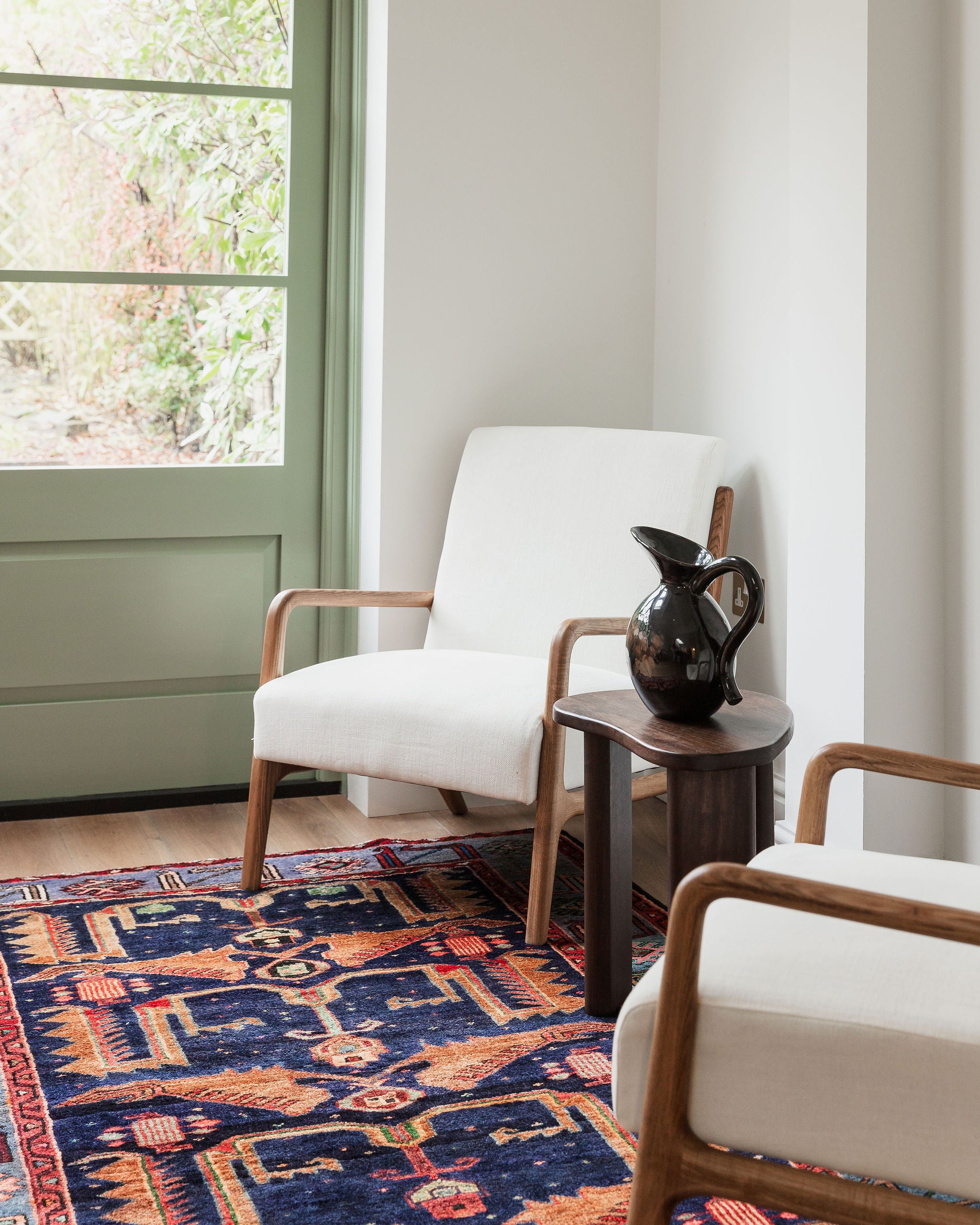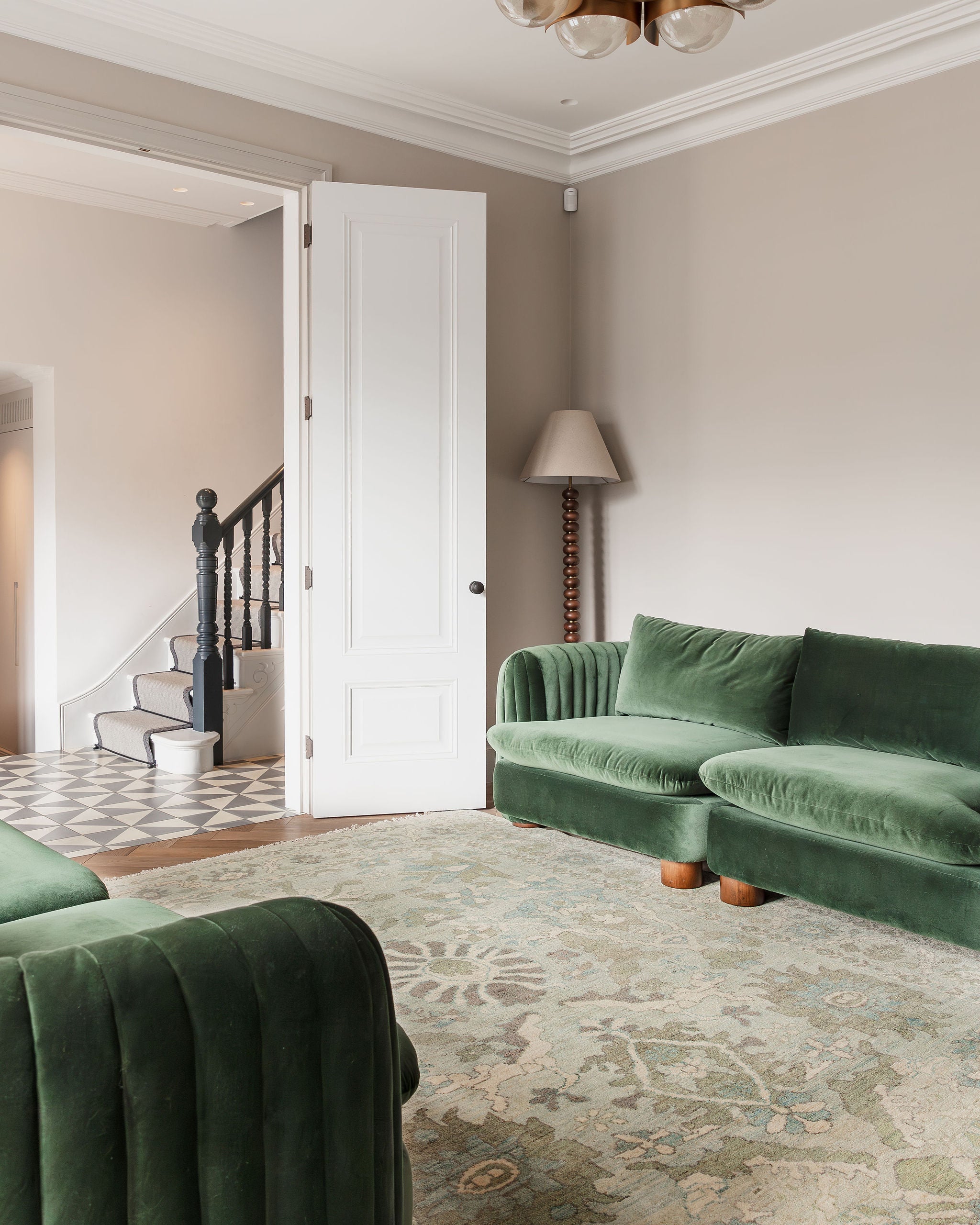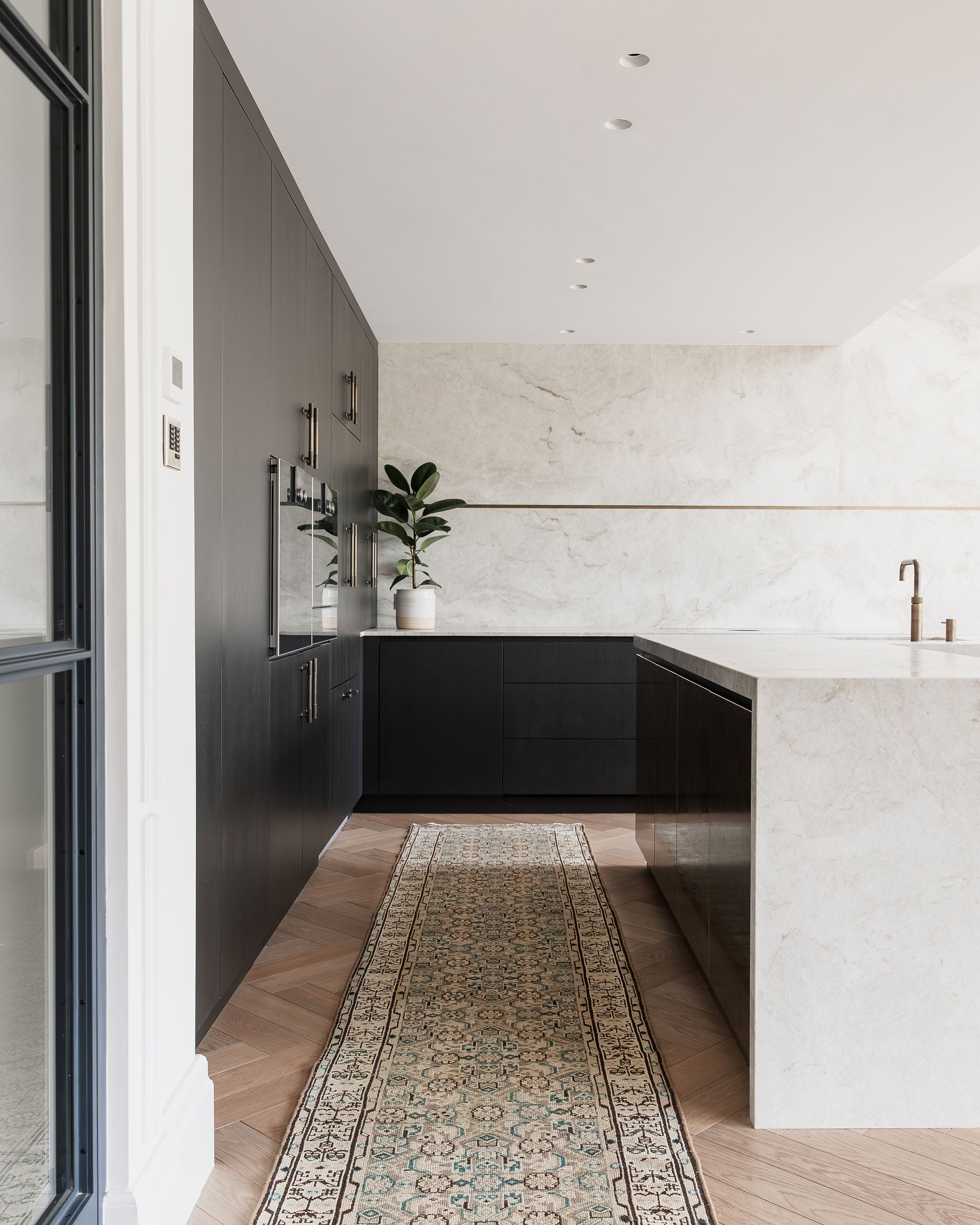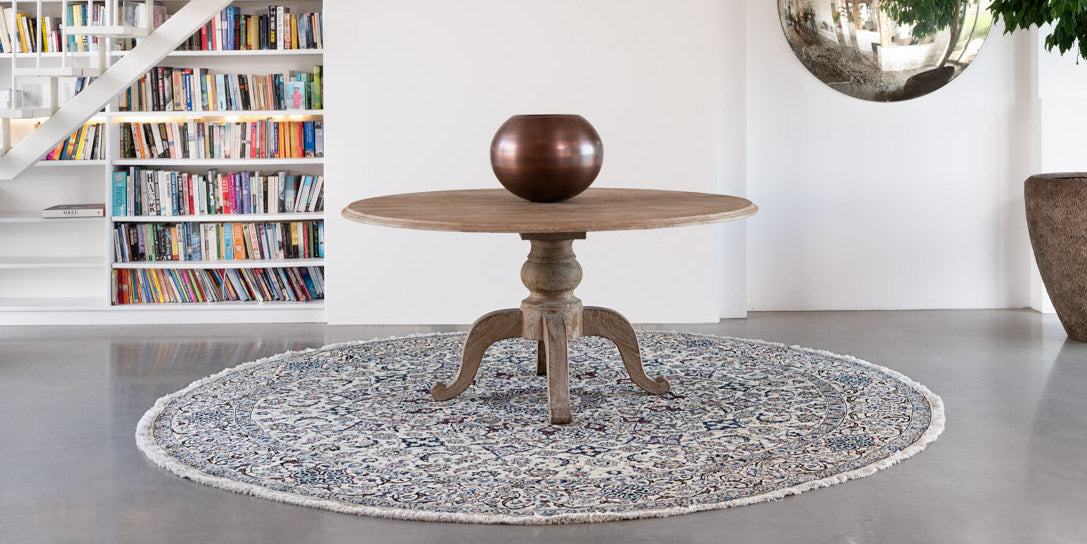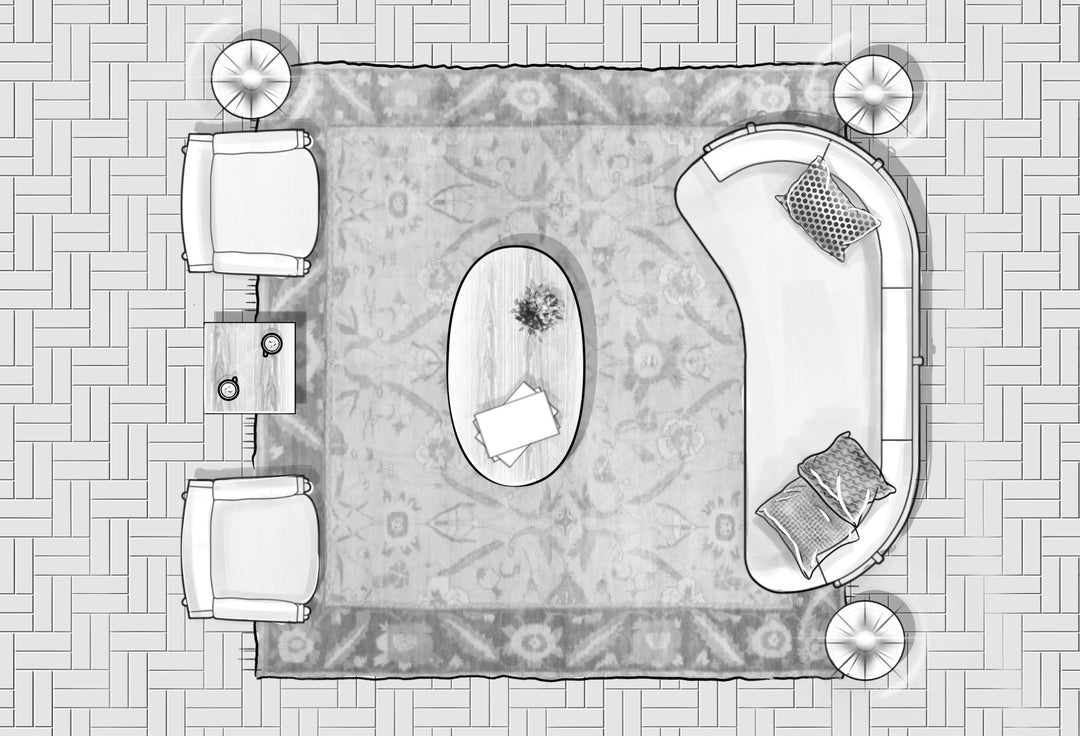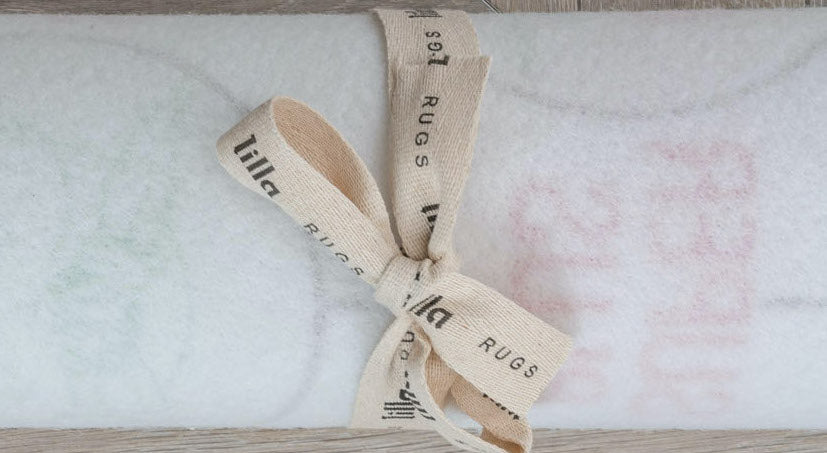The 5 Most Used Motifs in Persian Tribal Rugs
Persian tribal rugs are renowned for their intricate designs and rich symbolism, woven meticulously by artisans who pass down their skills through generations. Each motif tells a story, reflecting the weavers' cultural heritage, beliefs, and everyday life. Whether you're a collector, an interior designer, or simply an admirer of these beautiful textiles, understanding the most common motifs can deepen your appreciation for these masterpieces. Here are the five most used motifs in Persian tribal rugs:
1. The Boteh (Paisley) Motif
Symbolism and Design
The Boteh, often recognized as the precursor to the paisley pattern, is one of the most prevalent motifs in Persian tribal rugs. This teardrop-shaped design can represent various elements such as a leaf, a flame, or even a pine cone. It symbolises life, eternity, and fertility, embodying the essence of growth and renewal.
Usage in Rugs
You’ll find the Boteh motif in various sizes and arrangements, either scattered throughout the rug or forming intricate, repeating patterns. Its versatile nature allows it to fit seamlessly into different styles of Persian tribal rugs, adding a touch of elegance and timelessness.
Rugs featured: Alexia, Gore

2. The Gul Motif
Symbolism and Design
The Gul motif, which means "flower" in Persian, is another staple in tribal rug designs. These motifs often take the form of octagonal or circular medallions, symbolising beauty, life, and spirituality. The Gul can represent a specific flower or a stylised version of various blooms, reflecting the natural world’s beauty.
Usage in Rugs
Gul motifs are typically arranged in a grid pattern, creating a harmonious and balanced design. They are especially common in rugs from Turkmen tribes, where they are often used as a central design element.

3. The Herati Motif
Symbolism and Design
The Herati motif is a complex and symmetrical pattern featuring a diamond shape surrounded by four acanthus leaves. Sometimes, it includes a rosette or a small flower within the diamond. This motif is said to symbolise fish swimming around a pond, representing water, life, and fertility.
Usage in Rugs
Herati motifs are commonly used in the field of the rug, creating a dense and intricate pattern that can cover the entire surface. This design is prevalent in rugs from the Khorasan region and among various Kurdish tribes.

4. The Tree of Life Motif
Symbolism and Design
The Tree of Life motif is a powerful symbol found in many cultures, representing the connection between the earthly and the divine. In Persian tribal rugs, it often appears as a stylised tree with branches and roots, symbolising growth, immortality, and the interconnectedness of life.
Usage in Rugs
This motif is typically used as a central element in the rug’s design, often surrounded by floral and animal motifs. It creates a focal point that draws the eye and conveys a sense of depth and spirituality.

5. The Medallion Motif
Symbolism and Design
The Medallion motif is one of the most recognisable elements in Persian rug design. It usually features a large, central medallion that can be round, oval, or polygonal, surrounded by intricate patterns. The medallion can symbolise the sun, the moon, or a celestial body, representing the universe's unity and harmony.
Usage in Rugs
Medallion motifs are often the centerpiece of the rug, with the rest of the design radiating outward. This motif is common in both urban and tribal rugs, providing a sense of structure and balance.

Persian tribal rugs are not just floor coverings; they are a tapestry of history, culture, and art. By understanding the most used motifs, you can connect with the weavers' stories and bring a piece of that rich heritage into your own home.
